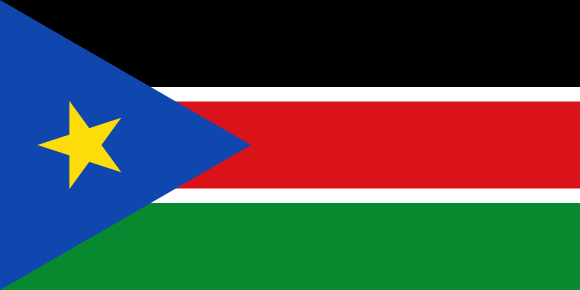Determined to rake in all tax revenue accruing from all telephone calls made in Uganda President Yoweri Museveni has directed the Uganda Revenue Authority (URA) to monitor all calls made and received within the country for tax purposes.
Prompting the move by the President was an allegation that billion of shillings had been lost due to telecommunication companies’ under-declaring number of calls subscribers had made.
He said electronic supervision was the panacea for the scourge adding the problem had been exacerbated by the telecommunications regime that relied solely on the telcos informing the government what was due for the national coffers while the reverse ought to have been the preferred method.
“Telephone calls should be electronically monitored because telecommunication companies have been under declaring calls,” President Museveni said.
He continued: “Tax collectors would depend on the telecommunication companies who would under declare. For example if 5 million calls have been made, they would declare 3 million.
“Some of them would even treat calls from abroad as local calls because East Africa has one network area. So they must be monitored electronically.”
But according to the Daily Monitor newspaper the President was saying nothing news since beginning this financial year, all calls were already being electronically monitored after the government procured equipment for doing the monitoring job.
URA Commissioner for Investigations Patrick Mukiibi in an interview confirmed that the government is already monitoring all calls made and that the records would be used to determine the tax that telecom companies should pay.
With the number of mobile money subscribers in this East Africa state rising from 2.8 million in 2011 to 23 million in 2017, the President sees an opportunity for raking in badly needed tax shillings necessary for laying out social services.
According to the Ministry of Finances statistics the country’s telephone subscribers have hit 24.4 million, with the phone penetration (teledensity) growing by 53 per cent in 2015 to 66.9 million as of last year — 2017.


